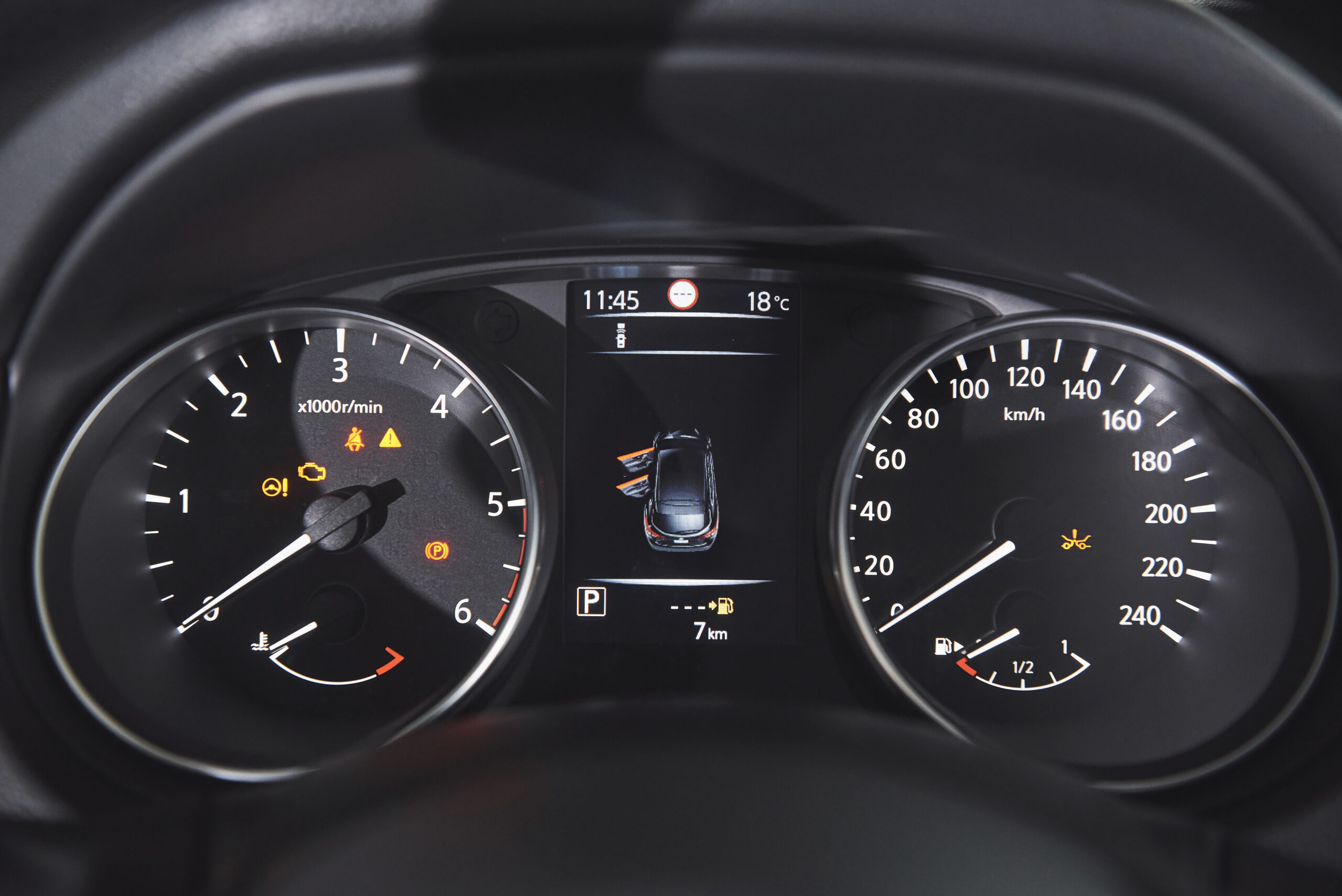Forward collision mitigation systems are advanced safety features designed to detect potential collisions and assist in preventing or minimizing their impact. These systems utilize sensors, cameras, and radar technology to monitor the road ahead and provide warnings or automated braking interventions if a potential collision is detected. However, if there is an issue within the system, it can trigger a forward collision mitigation warning light on the dashboard. In this article, we will discuss troubleshooting tips for addressing potential issues with forward collision mitigation warning lights.
- Clean the Sensor Area: One common cause of forward collision mitigation warning lights is a dirty or obstructed sensor. The sensors responsible for detecting objects and potential collisions are usually located in the front of the vehicle, often behind the grille or bumper. Over time, dirt, dust, mud, or debris can accumulate on the sensor, affecting its performance and triggering a warning light. Ensure that the sensor area is clean and free from any obstructions. Use a soft, non-abrasive cloth or brush to gently remove any debris. Avoid using harsh chemicals or abrasive materials that could damage the sensor.
- Check for Sensor Alignment: If the forward collision mitigation warning light persists after cleaning the sensor, it is possible that the sensor may be misaligned. Misalignment can occur due to impacts or vibrations, which can displace the sensor from its proper position. Check the sensor alignment and make sure it is securely mounted. If necessary, consult the vehicle’s owner’s manual or seek professional assistance to properly align the sensor.
- Verify Proper Operation of the System: Sometimes, the forward collision mitigation warning light may be triggered due to a temporary glitch or malfunction in the system. To troubleshoot this, turn the vehicle off and then restart it. In some cases, this simple reset can resolve minor issues and clear the warning light. Additionally, familiarize yourself with the system’s user manual to understand its operation and settings. Ensure that the system is activated and properly configured to provide the desired level of warning or intervention.
- Check for Faulty Components: If the warning light remains illuminated despite the above steps, there may be a fault within the forward collision mitigation system. It could be a malfunctioning sensor, faulty wiring, or a problem with the control module. Diagnosing and resolving such issues may require professional assistance from authorized dealerships or qualified automotive technicians. They have access to specialized diagnostic tools and software to accurately identify the faulty components and perform the necessary repairs or replacements.
- Consider Environmental Factors: Keep in mind that certain environmental conditions can affect the performance of the forward collision mitigation system. For example, heavy rain, fog, snow, or extreme sunlight can impact sensor accuracy and trigger false warning lights. In such cases, the system may temporarily disable itself or provide limited functionality. Be aware of these limitations and adjust your driving accordingly. If the warning light persists even under normal driving conditions, it is advisable to seek professional assistance.
- Regular Maintenance and Updates: To ensure optimal performance of the forward collision mitigation system, it is important to follow the manufacturer’s recommended maintenance schedule. This may include regular software updates, sensor calibrations, and inspections. Adhering to these maintenance guidelines helps to keep the system up to date and in proper working condition.
Troubleshooting forward collision mitigation warning lights involves basic cleaning and inspection, checking for sensor alignment, verifying system operation, and seeking professional assistance if necessary. By addressing these potential issues, drivers can ensure that their forward collision mitigation system operates effectively, providing an extra layer of safety and peace of mind on the road.











